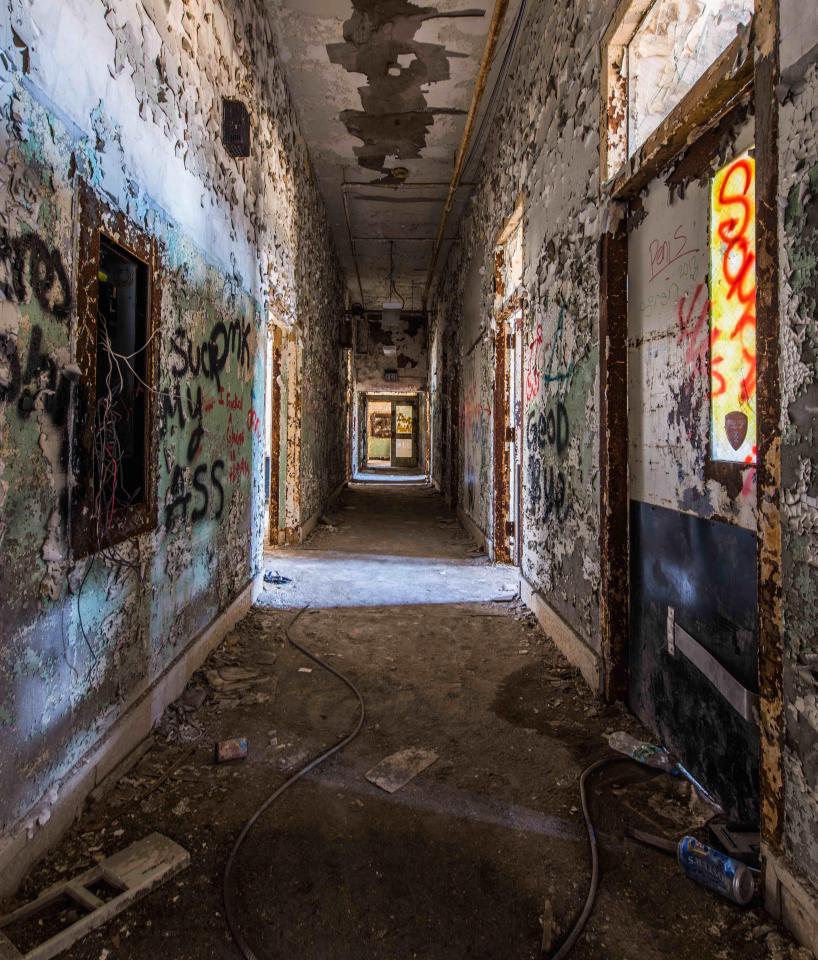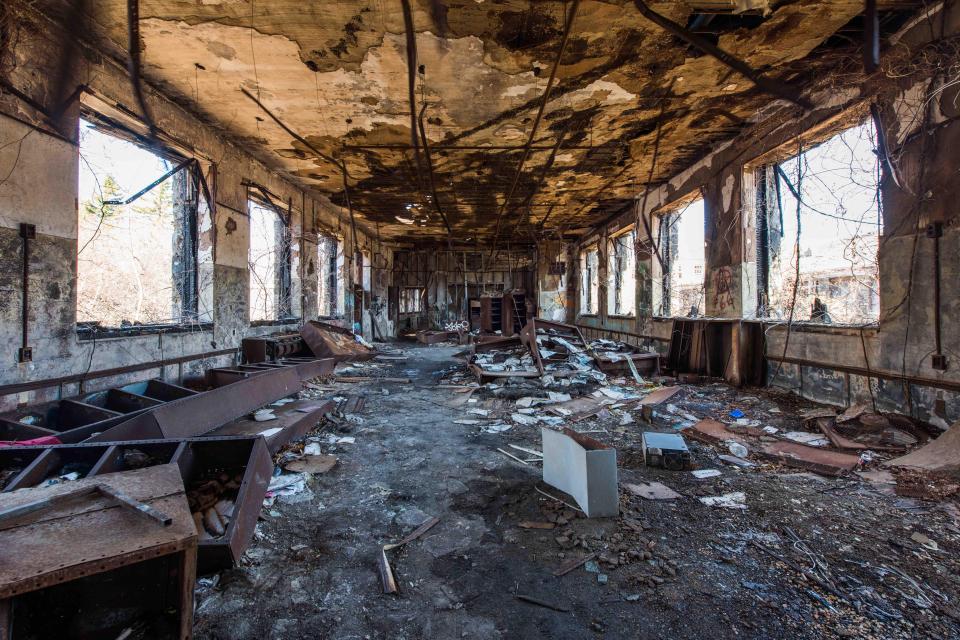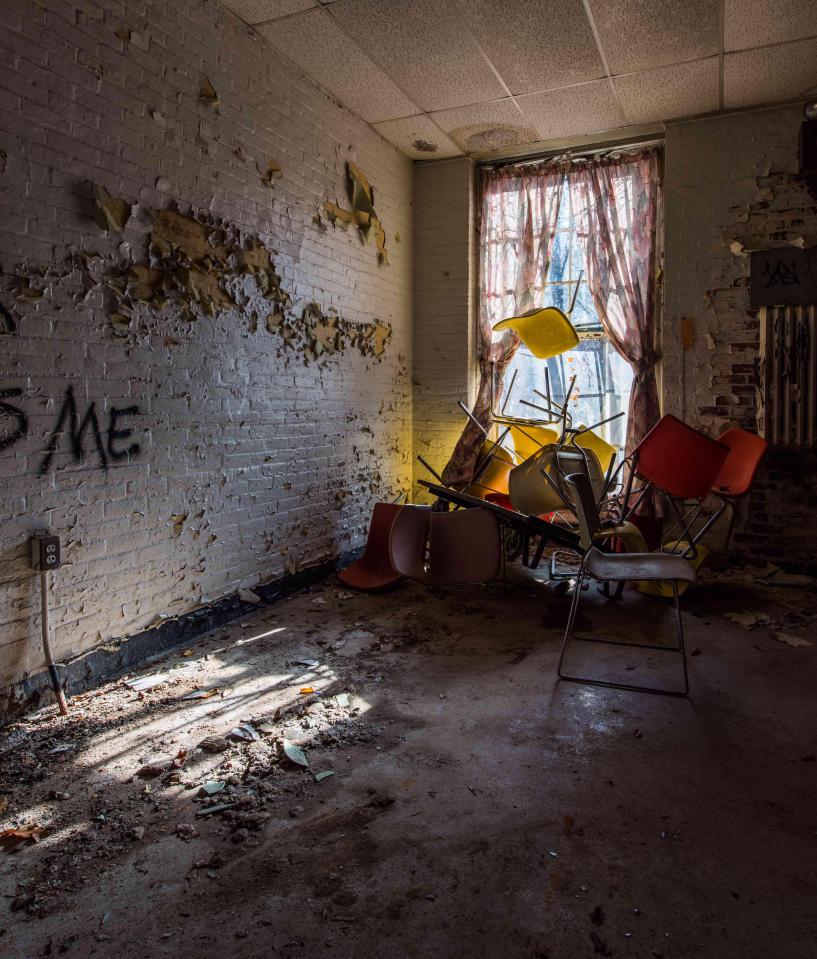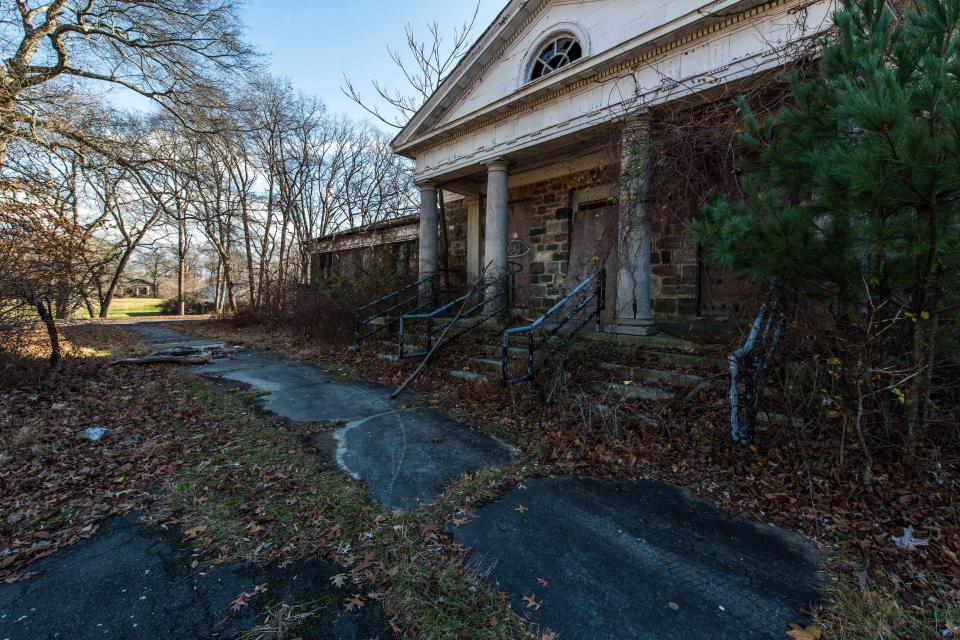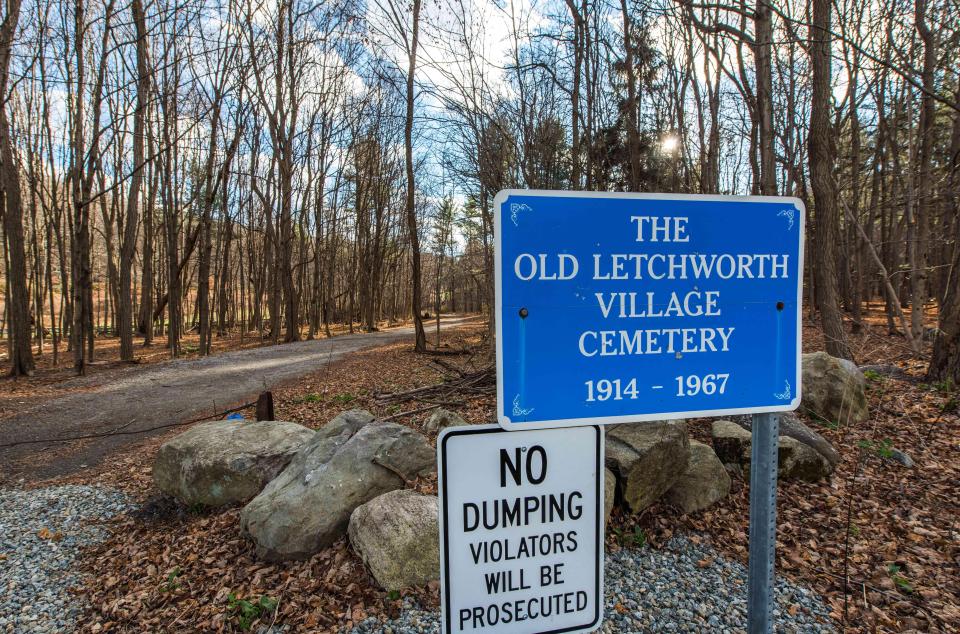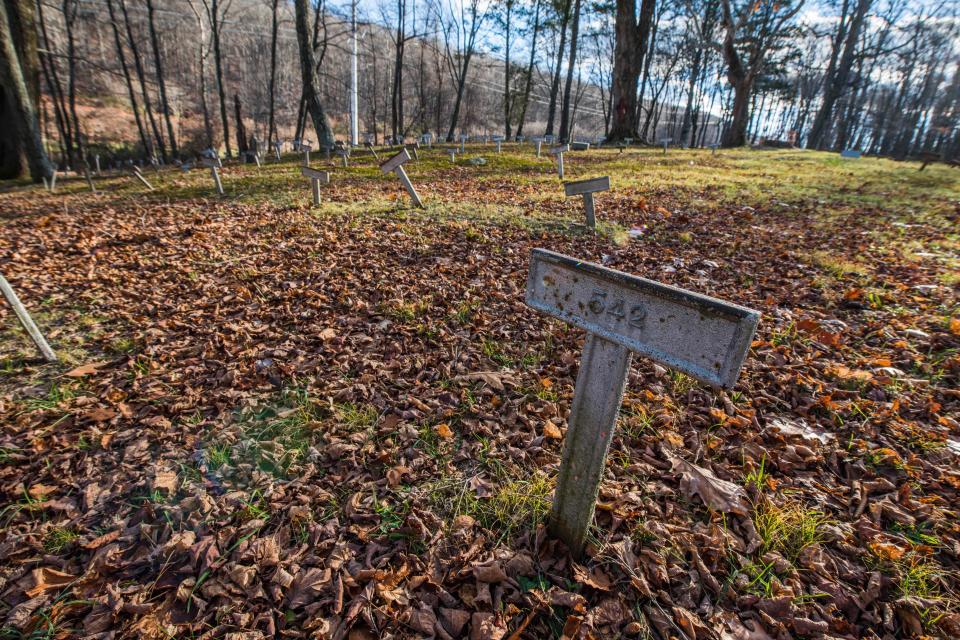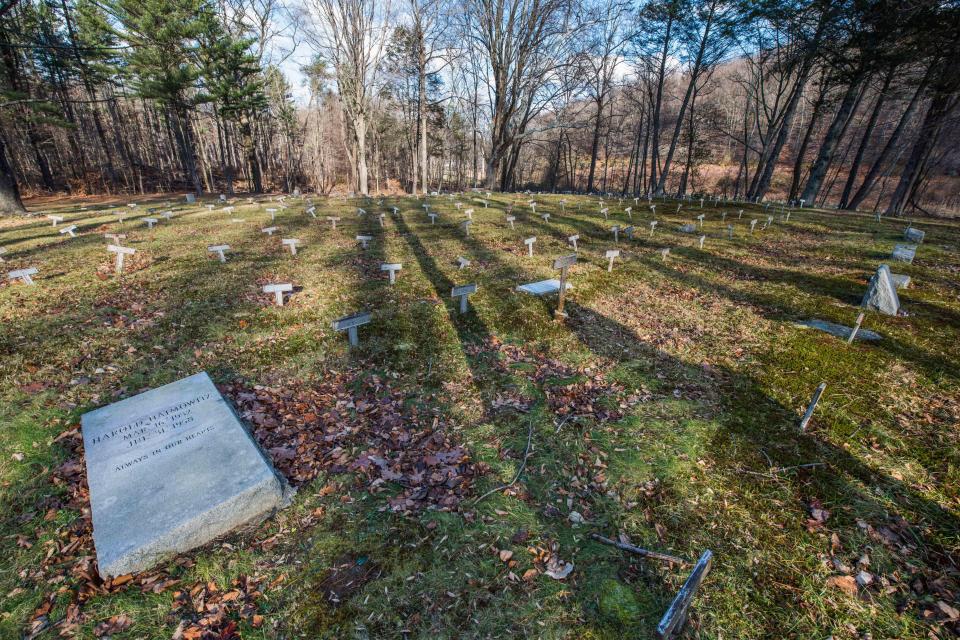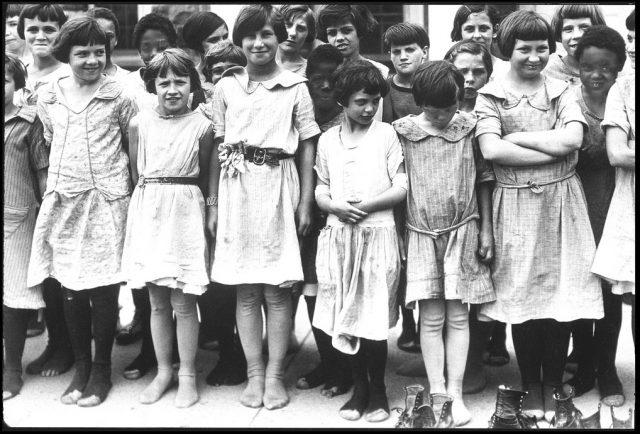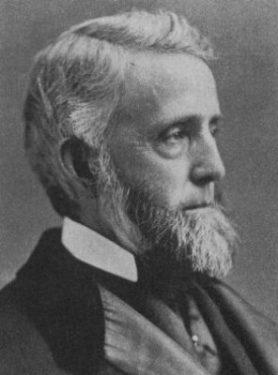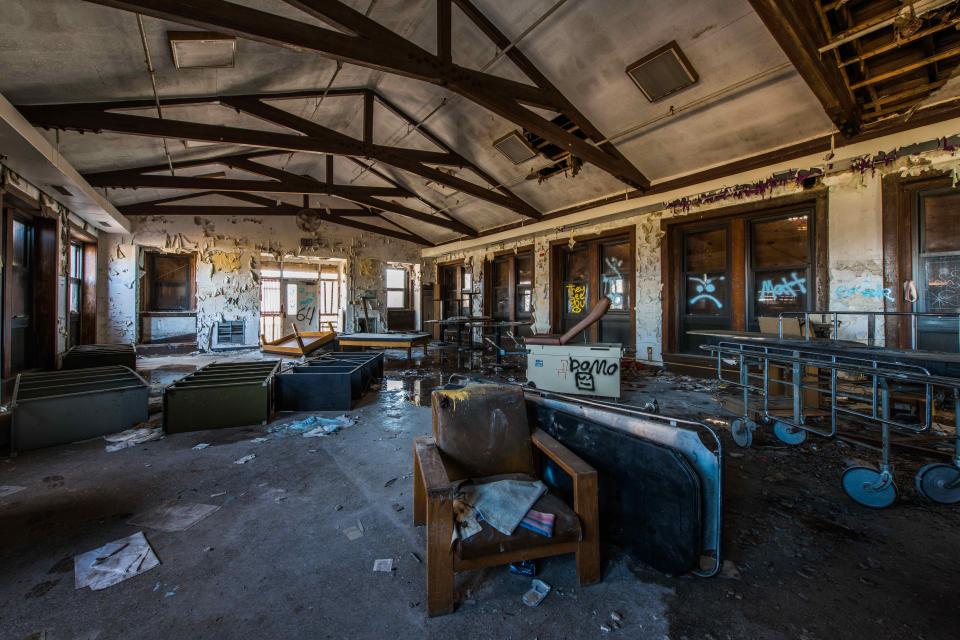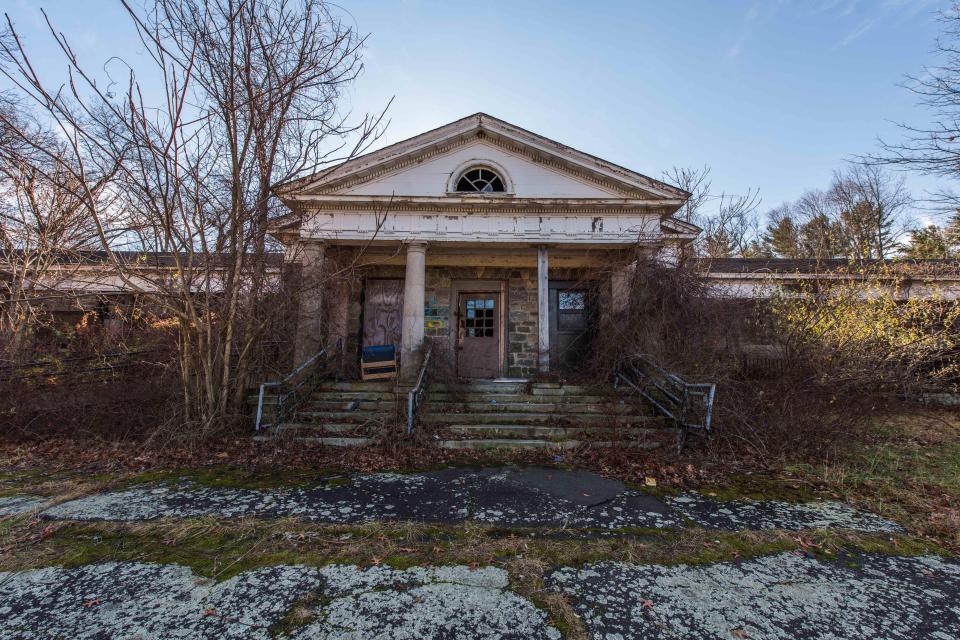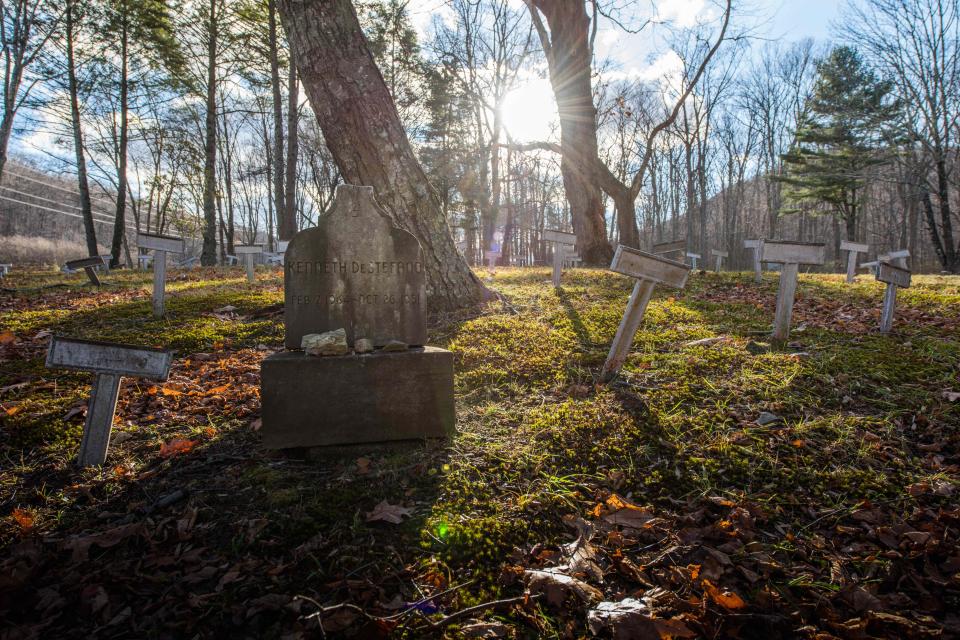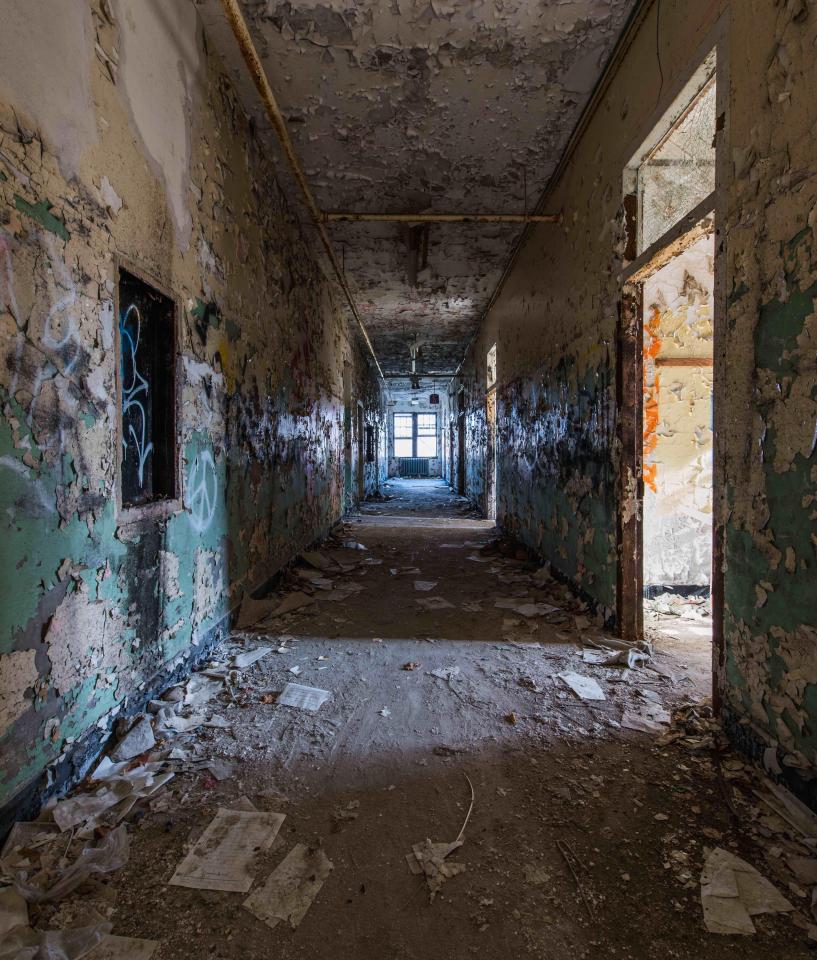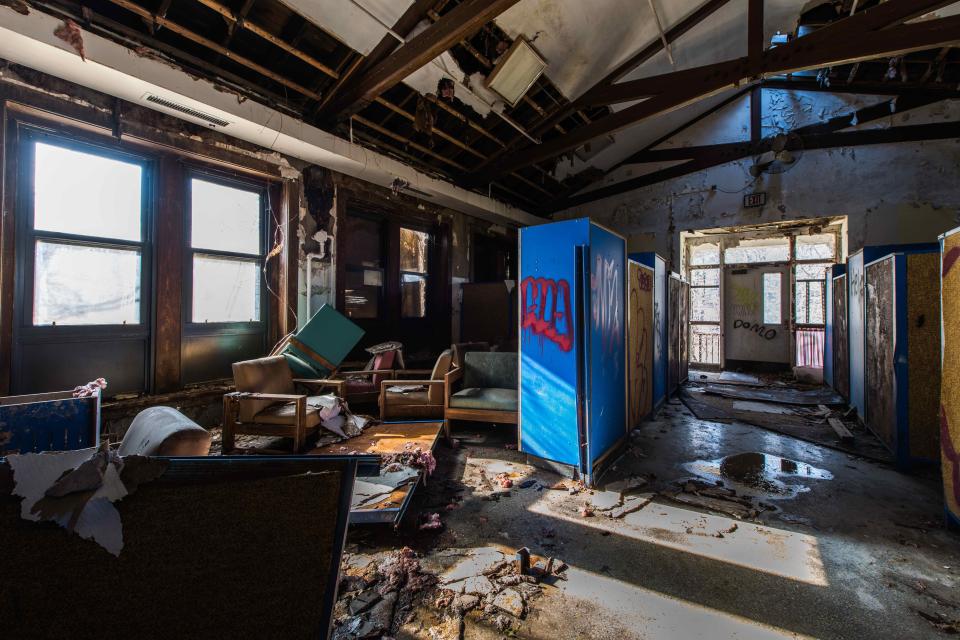Eerie photographs show inside derelict mental treatment village that ‘harvested brains from dead residents’
LETCHWORTH Village was infamous for the questionable experiments they conducted on their patients

A SERIES of chilling pictures reveal the decaying remains of a derelict mental health treatment centre that was abandoned 20 years ago.
Letchworth Village became infamous for questionable experiments and dubious treatment practises for their residents, many of whom were children.
The village, in Rockland County, New York State, was the brainchild of William Letchworth, who planned on developing a self-contained and self-sustainable cluster of cottages on a working farm.
The homes would be offered to unwell patients who he felt would benefit from the responsibility of a productive lifestyle.
More than 130 buildings were constructed on the 2,000 acre plot of land including dormitories, dining halls, a hospital and staff housing.
But unfortunately William passed away before the village officially opened in 1911.
In 1929 the government listed the categories of patients that would be admitted to the facility: the "moron" group, the "imbecile" group, and the "idiot" group.
Visitors to the village reported that they had seen malnourished and unwell children with reports that there was little food and water.
Related stories
By 1921 the village had treated more than 1200 patients but it is thought that the children were being cruelly treated and often neglected.
In the 1940s the inhumane conditions at the facility were exposed as it was found that residents were unclean and unkept, naked and packed into sterile rooms.
The village was the site of the first human test for the polio vaccine where children were used as unsuspecting guinea pigs for the trial.
But the site was also reportedly hosted more controversial procedures.
“Brain specimens were harvested from deceased residents and stored in jars of formaldehyde, put on display in the hospital lab," said .
"This horrific practice has become a favorite anecdote of ghost-hunters and adolescent explorers.”
The site continued to be surrounded by controversy until it was eventually closed in 1996.


